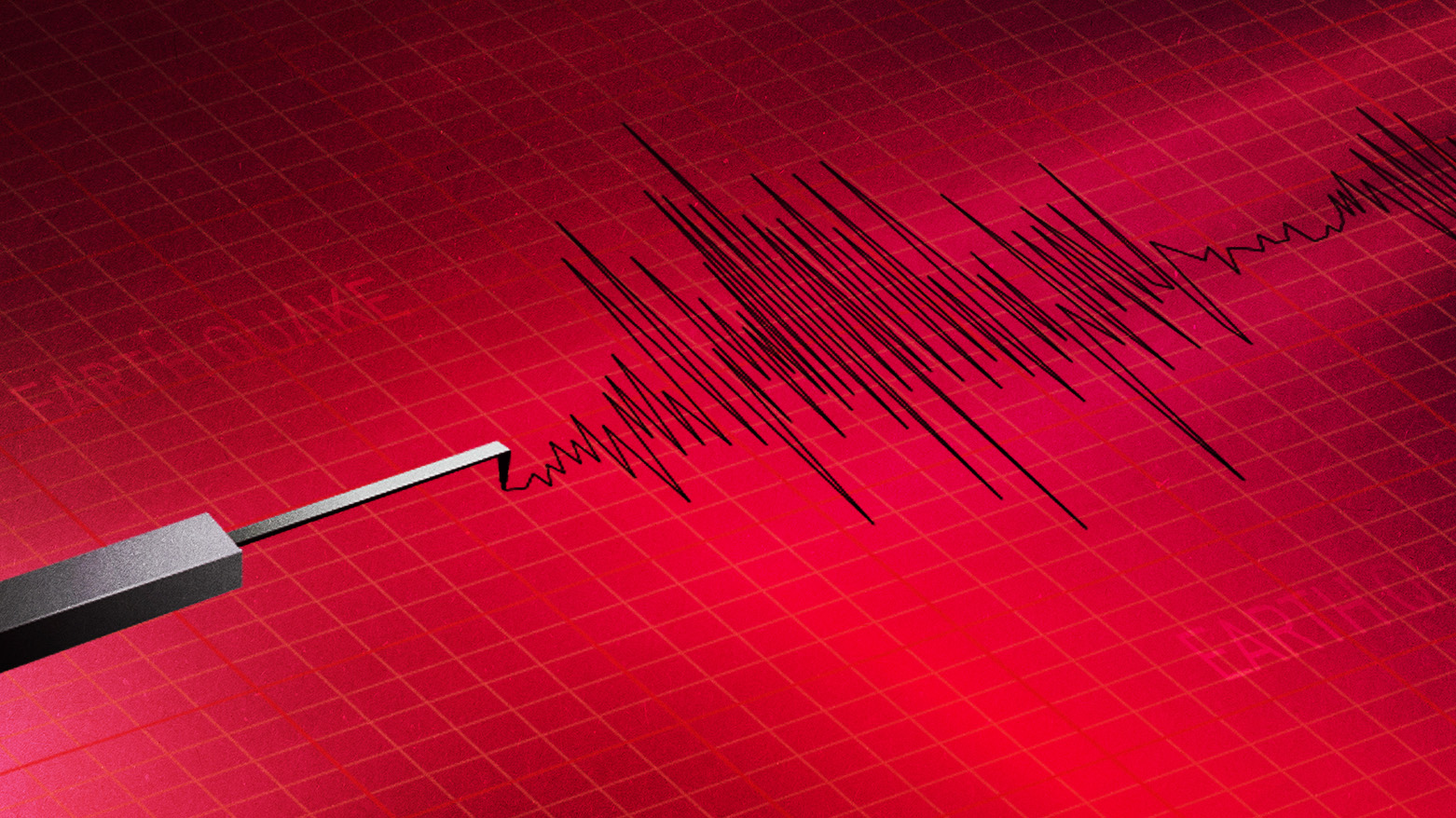Over 500 Earthquakes Recorded Across Iraq and Kurdistan in 2024, No Damage Reported
Sulaimani Leads with Highest Number of Tremors; Comprehensive Seismic Monitoring Ensures Safety

Jan 9, 2025
ERBIL (Kurdistan24) – The Iraqi General Meteorological and Seismological Board revealed on Thursday that a total of 539 earthquakes occurred across Iraq and the Kurdistan Region in 2024, spanning magnitudes from 1.0 to 6.2 on the Richter scale.
According to the board's detailed annual report, these seismic events primarily affected the southern and southeastern regions near Darbandikhan, as well as areas around eastern Kalar, Khanaqin, Mandali, Diyala, Badra, Nineveh, Kirkuk, Duhok, and Erbil. Despite the high frequency of occurrences, none of the earthquakes resulted in significant damage.
The province of Sulaimani experienced the highest activity with 73 earthquakes, followed by Nineveh with 34, Duhok with 30, and Erbil with 25. Other affected areas included Diyala with 24 tremors, Kirkuk with 19, Salahadin with seven, Basra with five, and Maysan and Wasit each with four. Anbar, Muthana, and Babylon recorded fewer events, demonstrating a varied geographic distribution of seismic activity throughout the region.
Implications for Regional Development and Safety
The consistent tracking and reporting of earthquake occurrences are crucial for the ongoing development of infrastructure and residential safety standards in Iraq and the Kurdistan Region. This data not only helps in assessing the structural resilience required for new constructions but also assists in the planning and execution of emergency response strategies.
The presence of a robust seismological monitoring system plays a pivotal role in mitigating the risks associated with natural disasters. By providing accurate and timely data, authorities can better protect communities, particularly in regions prone to higher seismic activities. This proactive approach is essential for ensuring the safety and well-being of the population, promoting sustainable development, and maintaining economic stability in earthquake-prone areas.
